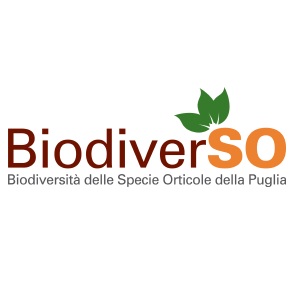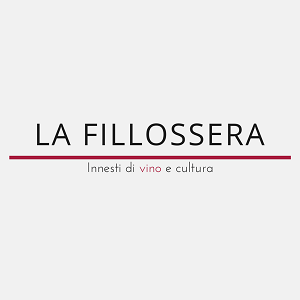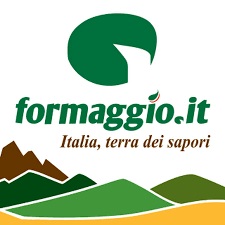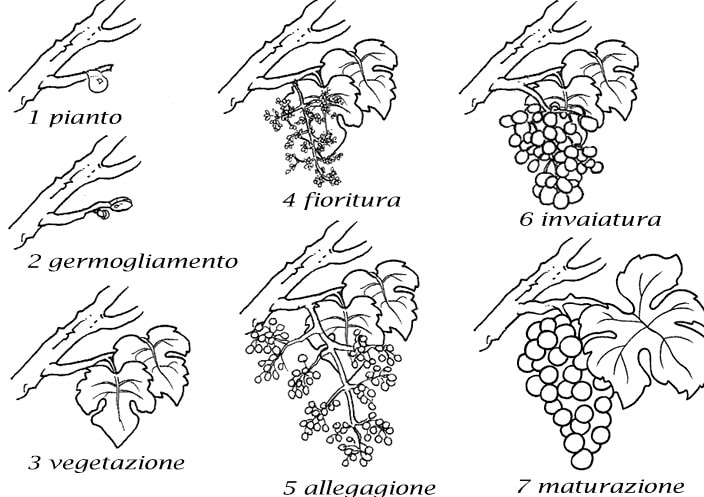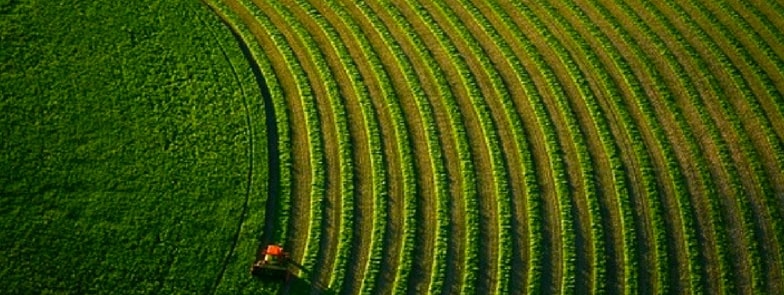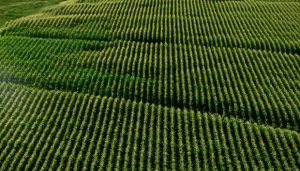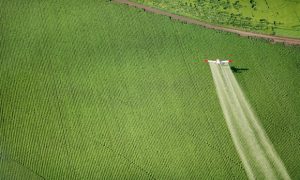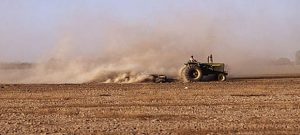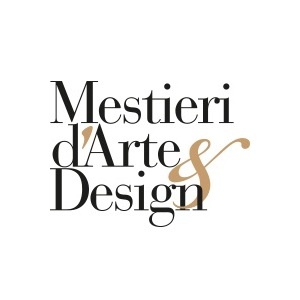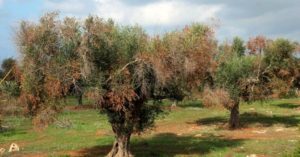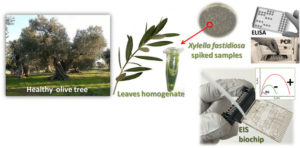Tourism is the most important industry of our time, also it is the most polluting: it produces CO2 and it erodes lands. It feeds a huge satellite activities: there are the planes, ships, trains and cars and buses manufacturers which would suffer a sharp decline without tourism.
There are the roads and airports building sectors.More, there are the hotels, villages, second homes, golf courses and swimming pools building sectors. There are the manufacturing sectors whose produce furnitures for hotels and second homes. Then there are the souvenirs and skilift, skis, boots and bathing suits, slippers and backpacks and suitcases and caps and sunscreens manufacturers… and there are all the stakeholders working for advertising, publishing, on paper and online. Finally, there are Google Maps and Tripadvisor.
10 PERCENT OF WORLD GDP.
International tourism value is 1522 billion dollars (Wto – World Trade Organization, 2015). Incalculable satellite activities are not included. Local tourism value is much more: 7600 billion dollars in 2014, 10 percent of world GDP.
SPAIN AND ITALY.
The world’s first tourist destination is Spain, here tourism value is more than 15 percent of internal GDP and workforce. In Italy turism represent the 10.2 percent of internal GDP and 11.6 percent of workforce (2015 data). In Costa Rica (link: www.nuovoeutile.it) tourism represent 27 percent of the workforce (and, in combination with laws about land protection, it is concretizing a different future for the whole nation).
THE CAROUSEL WHICH IS MAKING US MOVING.
Insomma, il turismo è una giostra su cui buona parte della popolazione mondiale è salita (o salirà tra breve), nei ruoli più o meno intercambiabili di viaggiatore o turista, o spettatore, o lavoratore del turismo. È un fenomeno globale, pervasivo e relativamente recente. C’è un’enorme letteratura sui luoghi del turismo, c’è un’ampia produzione di scritti sul marketing e la promozione turistica. Ma i ragionamenti sul turismo in sé, come nuovo stile di vita, sistema e comportamento condiviso, sono scarsi e frammentari.
VOLENTEROSE ILLUSIONI.
Con Il selfie del mondo (Feltrinelli), Marco D’Eramo ci aiuta a capire come la giostra funziona, che cosa la muove e che cosa può romperla. Soprattutto, ci dice che la giostra è fatta di specchi, e che si fonda sul paradosso. Per questo, parlando di turismo, Il selfie del mondo ci parla di noi e dei nostri desideri, delle nostre illusioni e (infine) della nostra buona volontà.
UN NOBILE PIACERE.
In passato la gente non si muoveva se non era obbligata a farlo. Nel Cinquecento, solo i figli dei nobili viaggiano per piacere e formazione. Nel Settecento, “aver visto il mondo” diventa obbligatorio per un gentiluomo, a cui si consiglia di andare in giro con un blocco da disegno. Nasce così la categoria del “pittoresco”: ciò che salta all’occhio, è esotico ed è facile da dipingere.

BRUTTI E TANTI.
Il turismo si espande a metà Ottocento, con la sbalorditiva diffusione dei mezzi di trasporto, e suscita nei nobili turisti tradizionali enorme fastidio per i “nuovi” e “brutti” e “tanti” turisti borghesi. Questi hanno mete che oggi ci sembrano stravaganti. A Parigi visitano le fogne, le prigioni e (lo racconta Marc Twain) l’obitorio.
RIVOLUZIONE TURISTICA.
Ma la rivoluzione turistica mondiale si verifica nel secondo dopoguerra: si passa da 25,3 milioni di viaggiatori internazionali nel 1950 al miliardo 186 milioni del 2015 (dato WTO). Il turismo non solo si globalizza grazie ai voli low cost, ma si specializza irreggimentando pubblici diversi (anziani, congressisti, studenti, fedeli in visita ai luoghii sacri…). E, scrive d’Eramo, si ingarbuglia (ingarbugliando anche noi) in una serie di paradossi disturbanti.
PRIMO PARADOSSO: IL TURISMO FUGGE DA SE STESSO.
Ogni meta desiderabile perché “autentica” ed “esclusiva” smette gradualmente di esserlo man mano che si trasforma in meta turistica. E poi, più un luogo “va visto”, meno diventa possibile vederlo, perché… è pieno di turisti.
SECONDO PARADOSSO: L’AUTENTICA FINZIONE.
I turisti ricercano l’autenticità, ma la individuano solo se è evidenziata, quindi “messa in scena”, quindi ostentata e inautentica. Questo fatto porta al terzo paradosso.
TERZO PARADOSSO: LA TRADIZIONE INVENTATA.
Per esempio, il Palio di Siena viene medievalizzato nel 1904. E i mercati “tipici” come il Mercado de San Miguel a Madrid finiscono per vendere solo ciò che i turisti si aspettano di poter comprare.
QUARTO PARADOSSO: L’ENTROPIA TURISTICA.
il turismo alimenta l’economia delle città e dei territori, ma la omogeneizza distruggendo le basi economiche su cui si fonda l’identità di quelle città e di quei territori. Nel Chiantishire i casolari diventano ville, nel centro delle città le botteghe diventano negozi di souvenir. I piccoli centri come San Gimignano si trasformano in un parco a tema.

QUINTO PARADOSSO: IL TOCCO LETALE.
Il tocco dell’Unesco è – scrive D’Eramo — letale. Preservando le pietre e gli edifici, l’etichetta di Patrimonio dell’Umanità, anche se attribuita in perfetta buona fede, museifica i luoghi, li sterilizza, costringe gli abitanti all’esodo svuotando i centri urbani.
SESTO PARADOSSO: IL FALSO È VERITÀ.
L’inautentico turistico è un autentico (e dunque rimarchevole) segno del nostro tempo. Basti pensare al caso di Lijang, città turistica cinese interamente ricostruita, (oltre 20 milioni di turisti nel 2013). O al caso di Las Vegas. Due insediamenti che raccontano una verità proprio nel loro essere fenomeni del tutto artificiali
SETTIMO PARADOSSO: FARE IL TURISTA È UN LAVORO DURO.
Le persone si assumono volontariamente il compito di eseguirlo mentre sono in ferie, cercando di sfruttare con la massima efficacia il poco tempo disponibile. Un dettaglio rivelatore: quelli che dicono “ho fatto il Brasile, l’anno prossimo farò l’Asia centrale”. Che fatica…
OTTAVO PARADOSSO: “LOCALE” È DAPPERTUTTO.
Parliamo di gastronomia. Si moltiplicano le sagre enogastronomiche: in Italia sono oltre 34.000, più di quattro a comune. Abbiamo 1515 sagre della polenta e 1040 sagre della salsiccia, 5790 sagre del tartufo, 156 sagre della lumaca e 171 della rana… e si moltiplicano anche i ristoranti etnici, perché i turisti amano gustare di nuovo i sapori incontrati in vacanza. Ma la “cucina etnica” è come la “musica etnica”: ingredienti tradizionali riarrangiati per un pubblico globale.
NONO PARADOSSO: NESSUN TURISTA VUOLE SENTIRSI TALE.
Preferisce considerare se stesso un “viaggiatore”, e riversare il proprio disprezzo su qualcun altro che si comporta più “da turista”. La catena del disprezzo classista è forte: lo svago delle masse, che è recentissimo, ha ricevuto dagli intellettuali più critiche in dieci anni di quante il tempo libero degli aristocratici ne abbia ricevute in duemila anni.
UN VIAGGIO TRA FENOMENI.
Il testo di Marco D’Eramo è a sua volta un viaggio. Cioè un percorso tra fenomeni, luoghi, idee, dati, idiosincrasie, intuizioni e contraddizioni, e mille storie sorprendenti. Ma, proprio come capita nei viaggi materiali, anche procedendo di pagina in pagina l’autore entra in contatto con prospettive inaspettate e ne esce cambiato. E con lui noi, che l’abbiamo seguito leggendo.
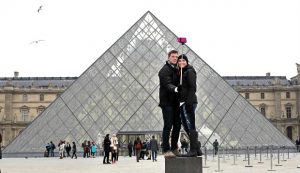
C’È DEL BUONO, TUTTAVIA.
La chiave del cambiamento di prospettiva sta in una serie di domande semplicissime: …e se il turismo fosse animato dal movente positivo dell’essere curiosi del mondo? E se non si trattasse d’altro che di una pratica di automiglioramento (self improvement) corporeo, emotivo e intellettuale? Del resto, in quale altra occupazione che la renda più felice potrebbe una sterminata massa di esseri umani investire il suo tempo libero? C’è qualcosa di commovente, scrive D’Eramo, nella fiducia che andare a visitare una città, un monumento, un paese possa aprirti la mente, renderti migliore.
NOSTALGIA, FORSE.
Eppure, la bistrattata figura del turista forse non durerà per sempre. Potremmo perfino cominciare a coltivare, nei suoi confronti, una specie di nostalgia. Il cambiamento del lavoro, che diventa sempre meno stabile, può cambiare l’idea stessa di “vacanza”. E lo sguardo turistico che cerca il nuovo, l’autentico e l’inaspettato, forse si appannerà dopo aver già visto in rete tutto ciò che merita di essere visto.
+ from Nuovo e Utile

